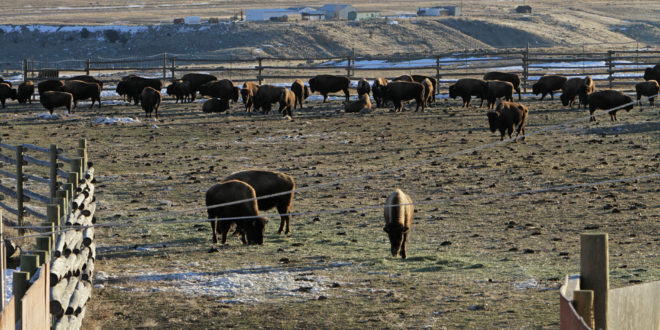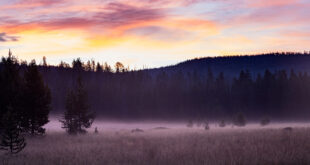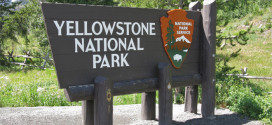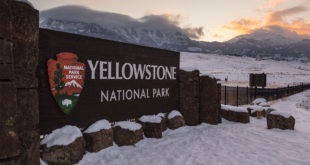State and federal officials will spare 25 of the 40 bison originally set aside for the Fort Peck Tribes, according to an Associated Press newsbreak.
Earlier today, we reported state and federal officials would discuss the fate of 40 bison originally set to go into quarantine on the Fort Peck Indian Reservation in eastern Montana. Montana Governor Steve Bullock previously put a temporary stop on slaughter operations after he learned the 40 bison might be slaughtered to make room for others. The bison, who had been held in Stephens Creek Bison Capture Facility since last year, when they were first promised to Assiniboine and Sioux tribal officials, were prevented from leaving by Montana officials concerned the bison were still carrying brucellosis—despite numerous negative tests to the contrary.
According to the Bozeman Daily Chronicle, Governor Bullock will also rescind his temporary halt on Yellowstone’s bison slaughter season, as outlined in a Thursday letter to Yellowstone Superintendent Dan Wenk. The 25 bison who will be spared are all bulls; the remaining 15, all cows, will be slaughtered as part of the agreement, per Montana state veterinarian Marty Zaluski. However, according to Wenk, 20 some bison currently at a corral in Corwn Springs may be lumped in with the 25 bulls and sent to Fort Peck. From the Chronicle:
“My intent in invoking the (ban) was to prevent the slaughter of these bison and preserve them for transport to Fort Peck (Indian Reservation),” Bullock wrote. “The parties have committed that these animals will be quarantined and safeguarded until they are ready for shipment.”
Wildlife advocates fiercely oppose the periodic slaughters of Yellowstone’s world-famous bison herds. Park officials say they have little choice under a 16-year-old program intended to curb the animals’ annual migration into Montana to prevent transmitting the disease brucellosis to cattle.
[…]
The fate of about 20 bison now at the small town of Corwin Springs in Montana north of Yellowstone is uncertain. The animals were captured several years ago for use in animal birth control experiments.
State officials had said earlier the 20 animals would be slaughtered to make way for the 25 spared bulls. But Bullock told Wenk that federal and state officials have agreed to further discussions on relocating the animals to Fort Peck.
So far this winter, hunters have shot more than 300 bison as they left the park seeking food at lower elevations in Montana, according to state wildlife officials.
Cold, snowy conditions are expected to prompt more bison to leave Yellowstone in coming days as foraging becomes more difficult.
About 400 migrating bison have been captured and are being held for shipment to slaughter. Shipments will begin as soon as the park can make arrangements, park spokeswoman Jody Lyle said.
Meat from slaughtered animals is distributed to American Indian tribes across the region.
No transmissions of brucellosis from wild bison to livestock have been recorded, according to researchers and livestock officials. That’s in part because more than 5,000 bison were killed or captured trying to leave the park since 1985.
A growing body of study of brucellosis in the Greater Yellowstone Ecosystem points out that elk, not bison, are far more likely to transfer brucellosis to cattle.
 Yellowstone Insider Your Complete Guide to America's First National Park
Yellowstone Insider Your Complete Guide to America's First National Park





